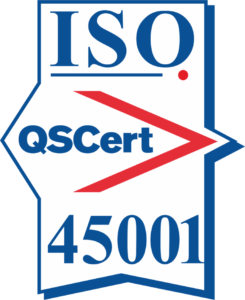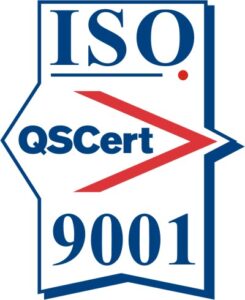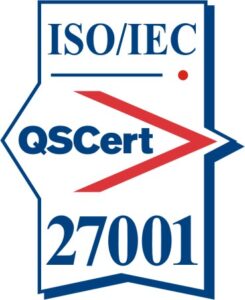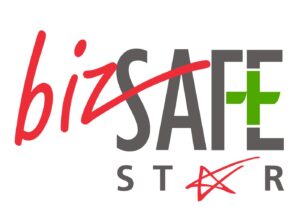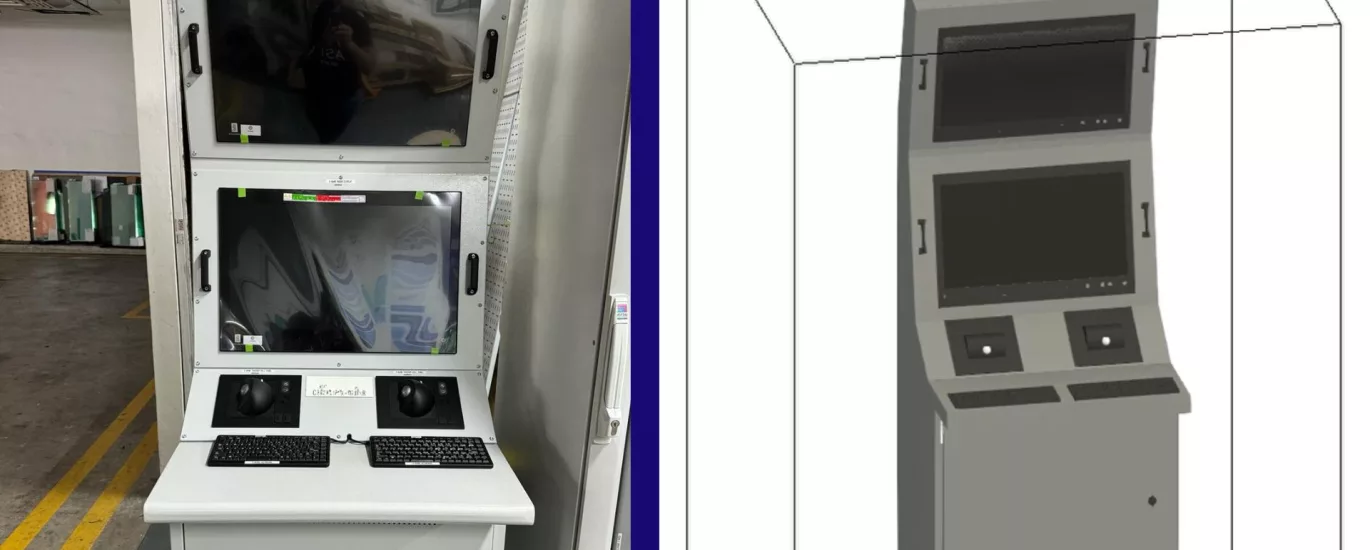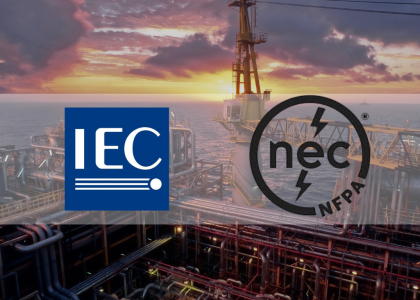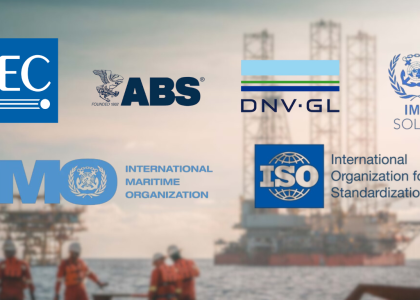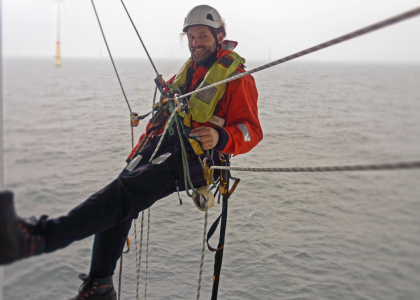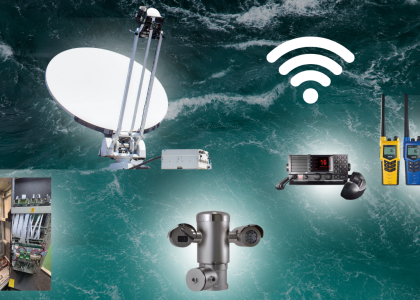Of the various sophisticated systems, radar consoles on FPSO vessels stand out as essential components for ensuring maritime safety, efficient navigation, and effective monitoring of surrounding environments. FPSO vessels play a pivotal role in offshore oil and gas operations, serving as a crucial link between offshore oil rigs and onshore facilities.
Let’s delve into the significance of radar consoles aboard FPSO vessels, exploring their functionalities, benefits, and technological advancements that enhance operational excellence in the challenging offshore environment.
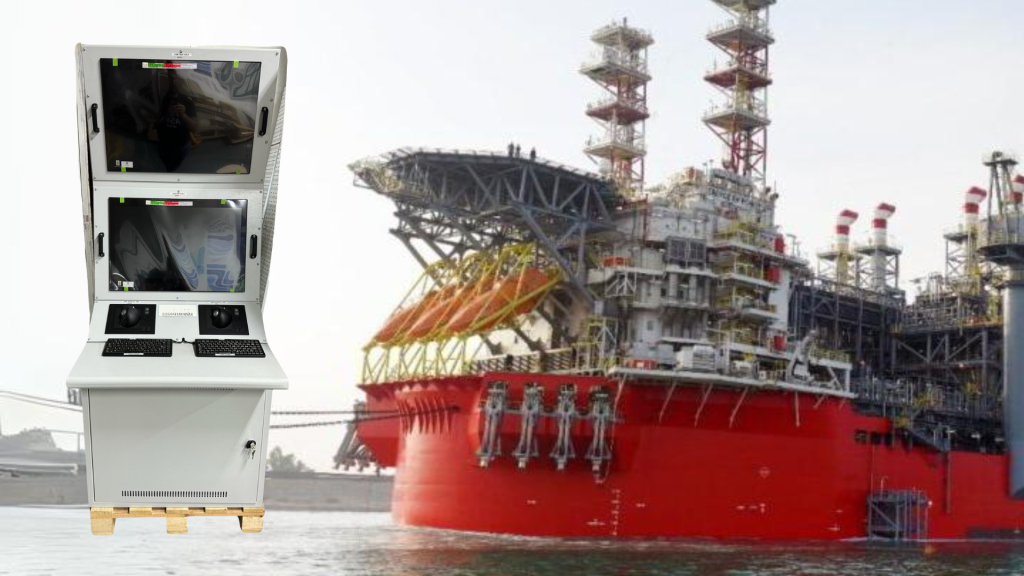
Importance of Radar Consoles
Radar consoles serve as the eyes of FPSO vessels, providing real-time data on vessel surroundings, maritime traffic, weather conditions, and potential obstacles. The integration of radar systems into consoles enables operators to monitor a wide range of parameters, including vessel positions, course deviations, and nearby objects, ensuring safe navigation and early detection of hazards. Moreover, radar consoles facilitate efficient communication between the vessel and onshore control centers, enabling swift response to emergencies and operational contingencies.
Functionalities and Features
Modern radar consoles for FPSO vessels are equipped with advanced functionalities and features designed to optimize situational awareness and operational efficiency.
High-Resolution Displays
Radar consoles feature high-definition displays capable of rendering detailed radar images, enhancing visibility and object recognition in diverse weather and lighting conditions.
Multi-Sensor Integration
Integration with other sensor systems such as Automatic Identification System (AIS), Global Navigation Satellite System (GNSS), and Electronic Chart Display and Information System (ECDIS) enables comprehensive data fusion and enhanced situational awareness.
Automatic Target Tracking
Radar consoles employ sophisticated algorithms for automatic target tracking, enabling operators to monitor vessel movements, track potential threats, and assess collision risks accurately.
Weather Monitoring
Advanced radar consoles incorporate weather monitoring capabilities, providing real-time updates on wind speed, wave height, and atmospheric conditions to support informed decision-making and safe navigation.
Alarm and Alert Systems
These consoles feature customizable alarm and alert systems that notify operators of critical events, including proximity to restricted areas, potential collisions, and adverse weather conditions, enabling timely intervention and risk mitigation.
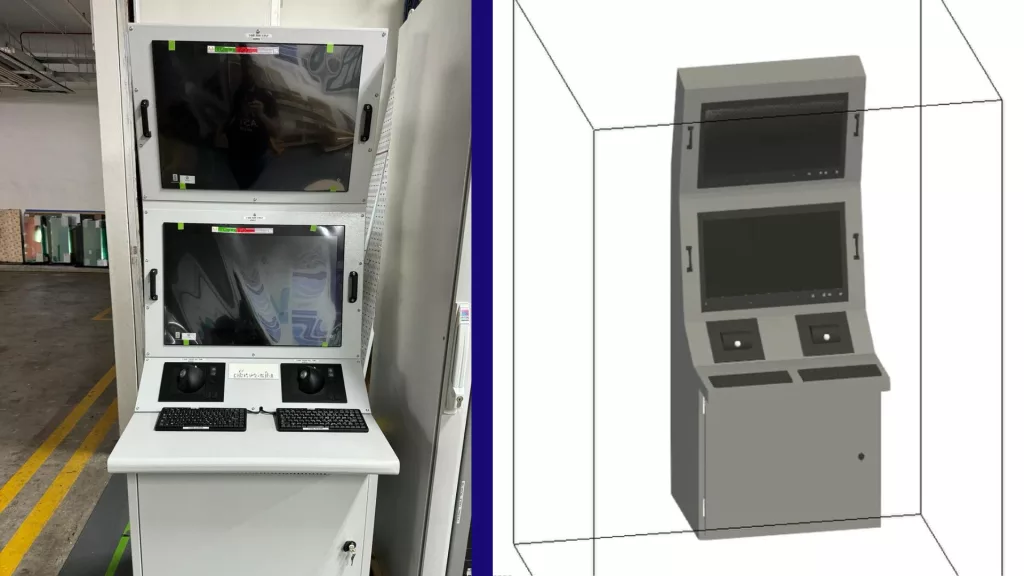
Fabricating and assembling radar consoles
Fabricating and assembling radar consoles for FPSO vessels require a meticulous and systematic approach due to the critical nature of their function. Here’s an overview of the fabrication and assembly process:
The process typically begins with the design and engineering phase, where engineers collaborate to conceptualize the radar console layout, functionality, and integration with other onboard systems. This phase involves considering factors such as space constraints, ergonomic design, visibility, and accessibility for operators.
Material Selection
Once the design is finalized, appropriate materials are selected for constructing the radar console. These materials must be durable, corrosion-resistant, and suitable for marine environments to withstand harsh offshore conditions.
Fabrication of Components
The fabrication process involves cutting, shaping, and forming the various components of the radar console according to the design specifications. This may include metal fabrication for the console frame, panels, and enclosures, as well as the installation of electrical components, displays, and control interfaces.
Integration of Radar Systems
Radar systems are integrated into the console, including transceivers, antennas, signal processing units, and display screens. This integration requires careful calibration and testing to ensure accurate detection and tracking of targets, including other vessels, obstacles, and environmental conditions.
Installation and Assembly
Once all components are fabricated and tested, the radar console is assembled on the FPSO vessel according to the predetermined layout and specifications.
get the Right Team
Radar consoles play a critical role in enhancing safety, efficiency, and operational excellence aboard FPSO vessels, enabling operators to navigate challenging maritime environments, monitor vessel surroundings, and respond effectively to emergent situations.
Therefore, it is important to get the right team. Team Vivo has over 10 years of experience in the industry and is well-versed in industry regulations to ensure a seamless design and installation process. Contact us today to discuss your requirements.


